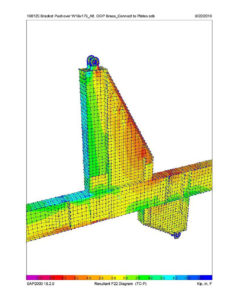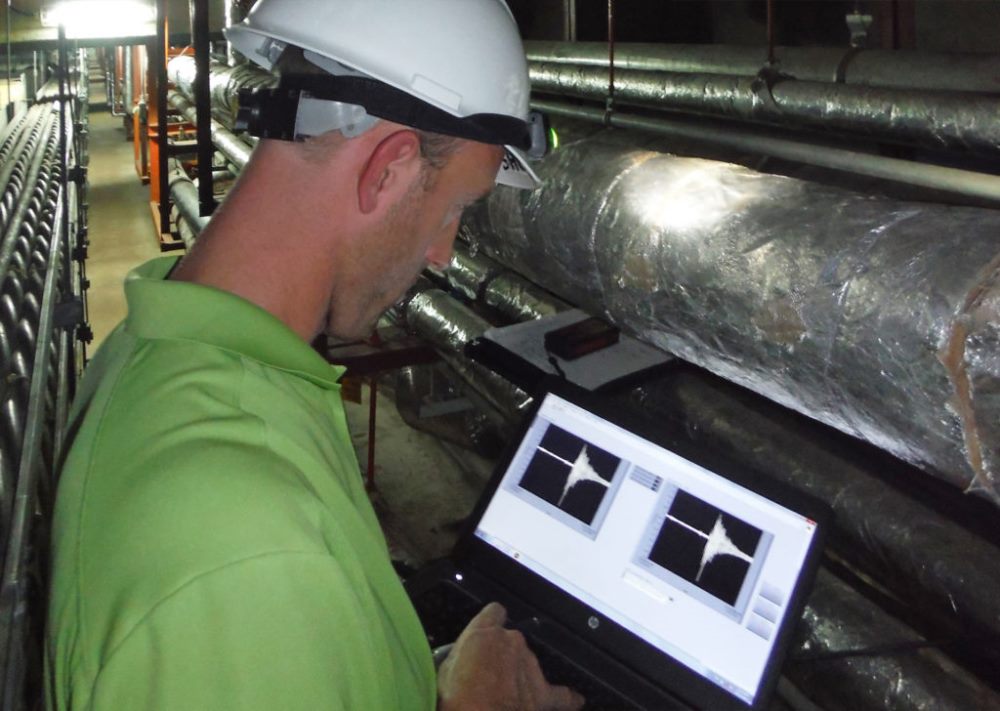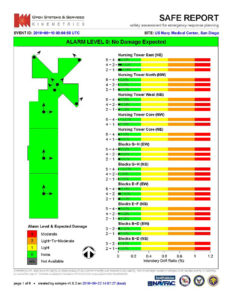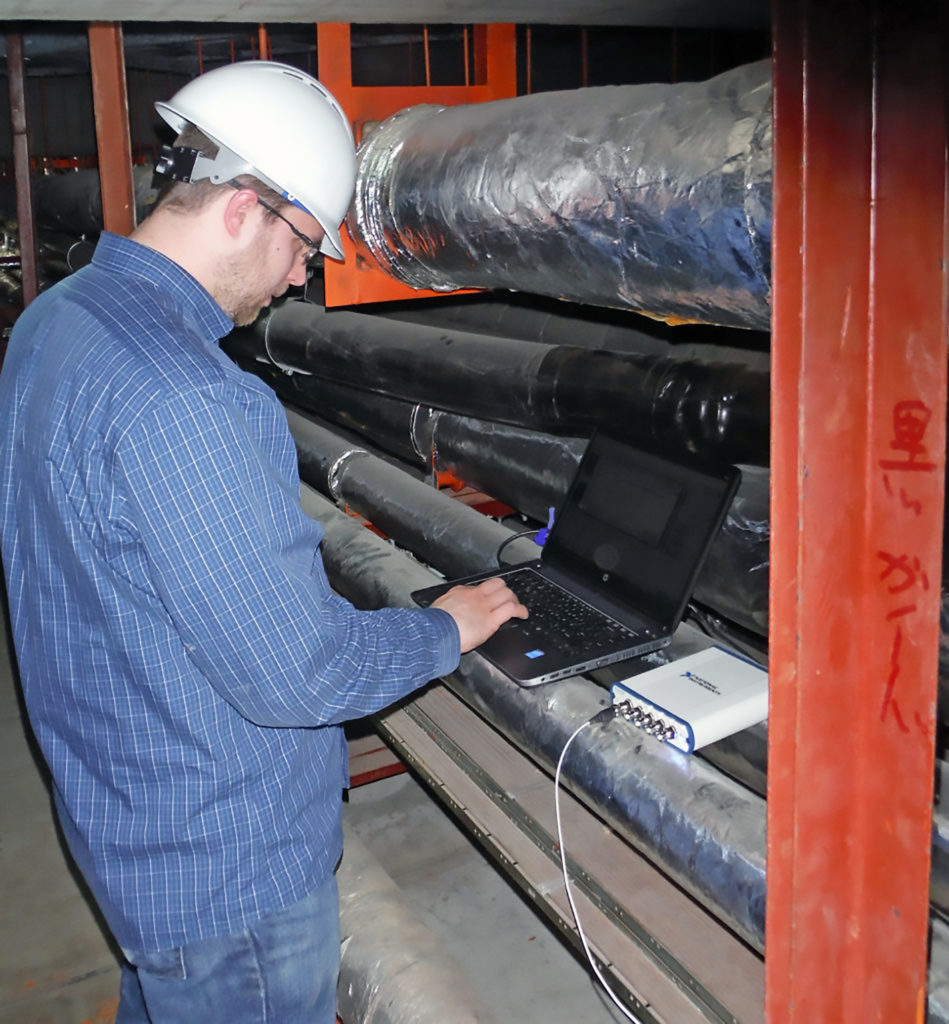In early May I attended the Health Facilities Institute 28th Annual Symposium and listened to an inspiring talk by David Morgareidge and Sean Carr of Page Architects, a firm filled with cutting-edge thinkers.
Their presentation was on the use of predictive analytics for architectural space planning and also touched on data-driven design and how technology companies like Apple, Google, Microsoft, and Yahoo are mining data and using it in creative ways to extend their software platforms into Architectural/Engineering/Construction (AEC) design consulting and automation.

What I found especially fascinating was how large technology companies are moving into the AEC marketplace through company acquisitions and data mining. Data mining is the process of gathering large databases of information using direct measurements (e.g. instrumentation) and computational analyses. Using data analytics, data is extracted from these databases in order to identify and analyze behavioral data and trends that may inform design and business decisions. In the AEC industry, it is not unlikely to imagine a future industry where the design process is driven by data-driven design tools and software that can further optimize designs based on data from the occupancy and structural behavior from existing buildings. That is essentially what Autodesk did with Revit years ago. In the United States alone, the AE part of the AEC industry accounts for approximately $72 billion in annual revenues. That is a lot of potential software business. Data has been driving our design work for many years.
More Intelligent Decisions Using Data
Consider that a piece of software, by itself, is not intelligent without data to drive input information, internal decision making, and subsequent output. How effective or safe is an autonomous car without the input data stream from its myriad of sensors telling the software where it is relative to the road, destination, speed, and surroundings. Successful and effective engineering design is also significantly influenced by data; utilizing available information, including directly measured data, is the hallmark of good design and decision-making.
As practicing Structural Engineers, we use measurement techniques to inform our understanding of the structural systems that we are evaluating and designing. We measure and record structure accelerations, velocities, movement, stress, strains, temperature gradients, pressures, and a myriad of other physical properties that help understand complex structural behavior and inform our work. For instance, real-time vibration measurement devices measure and record the structural performance of building floor systems, informing our understanding of these systems in order to calibrate our structural analyses and design engineering.
Recently, we performed real-time measurements of an elevated floor system in a local hospital to determine if that floor system was suitable for the installation of a highly precise (and very expensive) medical imaging machine. This type of data-driven design input is informative and allows our engineers to make better and more cost-effective design decisions and recommendations. It saves the owner money, and produces a better performance.

Building Safety – Rapid Evaluation and Assessment Program with Seismic Monitoring System (REAP + SMS) Employs Real-Time Data

Another area where data is driving important decision-making is in post-disaster occupancy of essential facilities. Hospitals, for example, are essential to our communities and need to be operational and functional after an earthquake. Yet, our earthquake research has found that many healthcare facilities are unnecessarily evacuated due to uncertainty of the damage that they have sustained. In many cases, the damage is superficial/nonstructural, but the building’s structure is safe to occupy.
Over the last 15 years, we have extended our structural engineering design work by deploying sensors in these facilities (and other large buildings) to record their performance and calculate relative structural capacity and safety in real-time to inform the facility managers of their safety status immediately after the earthquake or disaster. This information is furnished in real-time email reporting, text messaging, and on-site computer monitors. We call these deployed programs the Rapid Evaluation and Assessment Programs with Seismic Monitoring Systems (REAP + SMS). REAP is analogous to the owner’s manual for your car that shows you how to change a tire, and the SMS is analogous to the light that comes on that tells you when your tire pressure is low or oil needs to be changed. Data is at the heart of these innovations and is the cornerstone to fast and accurate decision-making.
Facility Economics – Minimizing Business Interruption Using Real-Time Data

Over the past five years, REAP+SMS has been extended to multiple signature high-rise buildings in the United Arab Emirates (UAE). The effort to evacuate these large buildings, due to their size and location, can be disruptive as well as costly, as these buildings not only accommodate many people, but they are also significant economic engines. Large technology and manufacturing companies are also at risk of massive economic losses due to business interruptions resulting from an earthquake, whether large or small. To help firms manage risk through data-driven design, REAP+ SMS real time monitoring systems and algorithms have been extended to not only evaluate building safety, but serviceability of crane systems and other large industrial equipment essential to uninterrupted facility operations.
Smart Buildings are the Future
Buildings are getting smarter through data and technology, improving efficiency and safety. We have lighting, heating, and energy controls that sense their surroundings and occupants and adapt their function to meet the needs of the facility’s occupants. As with energy and lighting controls, we have data-driven fire alarm panels in building entrances that inform the fire department of the location of the alarms that have activated, and data-driven security systems in buildings that inform security and law enforcement personnel. Therefore, why not have real-time, data-driven structural monitoring provide facility managers and business operations executives with fast and accurate safety and operational status of their facilities?
Our vision for the use of real-time data driven structural monitoring tools is to have them incorporated in facilities that are “too big or too important to fail.” We are working hard to achieve this. When we hear from other leaders in complementary fields like Page Architects and their talk on predictive analytics for architectural space planning, we are excited about the future.

